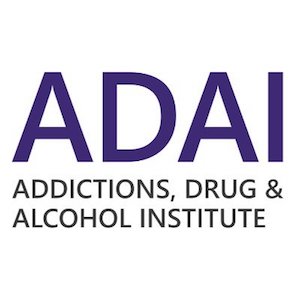The University of Washington Addictions, Drug, and Alcohol Institute (UW ADAI), formerly the Alcohol & Drug Abuse Institute, is a multidisciplinary research institute at the University of Washington. UW established ADAI in October 1973 as a research institute for alcohol and drug use research at the university and in the northwest region. Grants and contracts from federal and state agencies and private foundations provide the majority of the Institute’s funding, which includes appropriations from the State’s Dedicated Cannabis Account.
Agenda
- Introductions: Lauren Davis, Washington State Representative
- Moderator: Tracy Klein, WSU CCPRO Assistant Director
- Julia Dilley, UW
- "High THC Products: Public Health Outcomes in Legal Markets"
- Carrie Cuttler, WSU
- "Acute Effects of High Potency Cannabis Flower and Concentrates on Cognition"
- Jason Kilmer, UW
- "Cannabis Use by Young Adults: Trends and Considerations"
- Deborah Hasin, Columbia University
- "Cannabis Use and Psychiatric Comorbidity: Epidemiology and Association with High-Potency Cannabis Products"
- Rosalie Pacula, University of Southern California
- "Recommendations for Regulating High Potency Cannabis in Recreational Markets and Why"
